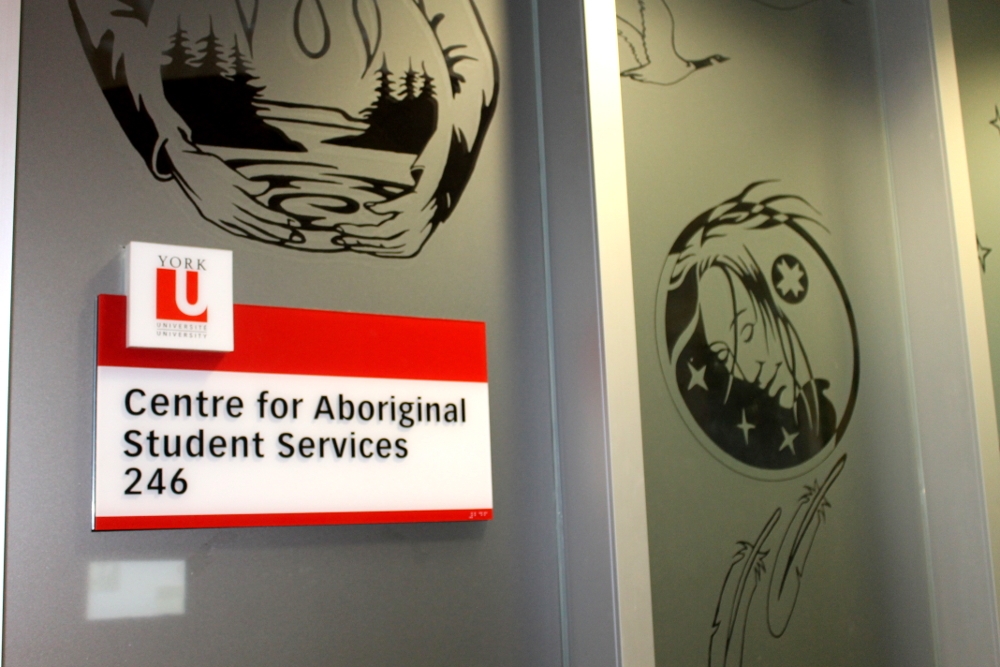Helen Lam | Contributor
Featured Image: Indigenous people are the most likely to ask for help, yet they are the least likely to receive it. | Basma Elbahnasawy
Canada’s Indigenous population has alarmingly high rates of mental illness, which can lead to other serious problems, such as substance abuse and suicide. However, those experiencing mental illness, both on and off the reserve, are much more likely than the rest of Canadians to seek professional help.
“In some groups, the number of Aboriginal people seeking help was as high as 17 per cent—compared to the Canadian average of eight per cent,” explains Saman Khan, in her article on Aboriginal mental health statistics. The Indigenous population of Canada is repeatedly asking for help and seeking government assistance, yet their voices are silenced against the majority.
There is an insufficient amount of resources available to both address and prevent these issues that continue to damage and risk the lives of the individuals in Aboriginal communities. The suicide rates for Aboriginal youth are five to seven times higher than for non-Aboriginal youth.
On May 7th, 2017, the body of Tammy Keeash, a 17-year-old resident of a group home called Tikinagan Child & Family Services located in Thunder Bay, was found in Neebing-McIntyre Floodway. Similar tragic instances have occurred among other youth who were tended to by government based homes: 13-year-old Amy Owen, who was assigned to a home in Ottawa, committed suicide in April, followed by 16- year-old Scott, a victim of a fatal New Orleans fire on April 21st, and last year, 15-year-old Kanina Sue Turtle passed away as well, her loved ones still having little information about the incident.
There are unmet needs in the aspects of education, employment, nutrition, and shelter that contribute to not only the physical, but also psychological dimension of Indigenous individuals, which carries implications for a likelihood of depression, anxiety, and other mental illness.
Members of the student organization Aboriginal Students Association at York express frustration with the situation. “The system needs complete change. This is the newest version of residential schools; there are more children in care now than at the height of residential schools. This is a very deep and multilayered issue, with an outside patrilineal source coming in and locating children into nonIndigenous houses at the core,” they state.
The Indigenous community has time and time again reached out for assistance and, unfortunately, they continue to be abandoned by the Canadian government. Mental health is not an area that needs less attention—it needs more. We cannot continue to shirk off our responsibilities to each other—it is costing more and more people their lives.


